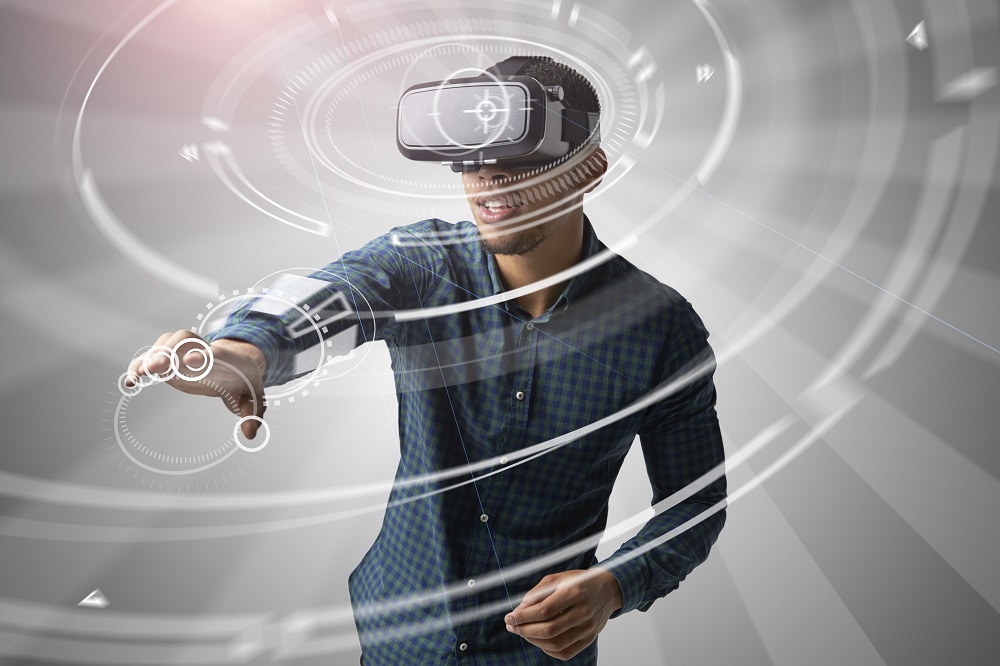When we talk about perception, we include a number of senses in it, namely vision, physical touch, auditory, gustatory, and nociceptive senses and more. Even if you ask the happiest folk about their feeling them it might be perfect blend of all the emotions and senses. To enjoy the moment at its best, one need to sense the moment, they wishes to move with it, and make it so handy. There are a number of VR applications, but most of them are developed with typically two senses, i.e. vision and audio. As per the studies conducted over several markets with respect to virtual reality shows that increased number of senses simulated in the virtual reality device can enhance the user’s experience and can bring an elevated response in terms of ROI and sales.
Different human sensory required by a VR to gain the heights of success:
Vision:
Human vision is one of the best gifts by God to human to understand its surroundings. Human brain and vision works together to understand this world, but they work on completely different aspects and measurements. The most crucial aspects required by eyes to understand the environment properly are persistence of vision, depth perception and visual field. For virtual reality to provide the best visual experience all the above mentioned aspects are required. Incorporating all these elements can enhance the visual feature and give a real world experience to the users.
Hearing:
Our human body is very much depended on the sound to determine our surroundings. For us, hearing power is as important as our vision. Same for the virtual reality also, it also requires hearing power to make it a potential device for the sense of presence. Now to give a realistic presence to the virtual world, VR industry is looking to develop a 3D audio system that can sync with the 3D vision and give best user experience. Aspects of human hearing that must be included in VR to make it best device are binaural hearing, lateral sound localization, elevation, pinna, back and front sound detection, understanding of distance and many more. Every aspect mentioned above enables the human body to understand the type of object, distance from the object, etc.



